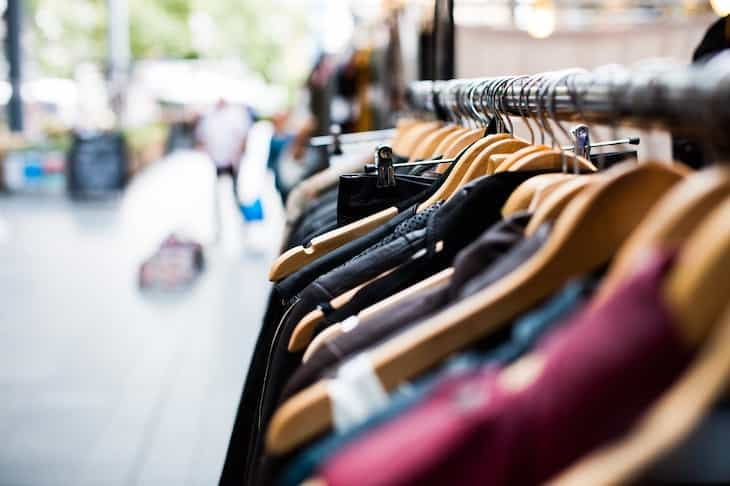Housekeeping tips: Benefits of clothing rotation
Even if you're a minimalistic person who prefers to dress basically the same way every day, you still might need clothing rotation.
This simple method can actually help you make your items last longer.
Let's find out more about how it works.
Even Wear and Tear
Rotating your clothes helps distribute the wear and tear more evenly.
If you wear the same items repeatedly, they may deteriorate faster in specific areas, like the elbows or knees.

Reduced Washing Frequency
By wearing different clothes in rotation, you don't need to wash them as often.
Washing machines can be tough on fabrics, and reducing the number of washes helps preserve the quality of your clothing.
Preventing Fabric Stress
Fabrics can experience stress when worn continuously.
Giving clothes a break allows them to recover, preventing fibers from breaking down and extending the overall lifespan.
Minimizing Sun Exposure
Clothes exposed to sunlight for prolonged periods may fade or weaken.
By rotating your wardrobe, you reduce the exposure of each item to sunlight, preserving colors and fabric integrity.
Avoiding Overstretching
Elastic fabrics, like those in leggings or underwear, can lose their elasticity with frequent stretching.
Alternating these items allows the elastic fibers to regain their shape and last longer.
Delaying Pilling
Fabrics can develop small, unwanted balls of fiber called pills.
Regular rotation prevents excessive rubbing in one area, delaying the formation of pills and maintaining a smoother appearance.
Preserving Special Occasion Pieces
Rotating clothes ensures that special occasion or delicate items are not worn too frequently.
This safeguards them from potential damage and keeps them ready for special events.
Temperature and Season Consideration
Different seasons and temperatures may require varying fabrics.
By rotating clothes based on weather, you ensure that each piece is used appropriately, preventing unnecessary stress from exposure to extreme conditions.
Previously, we talked about cleaning mirrors with no stains.
